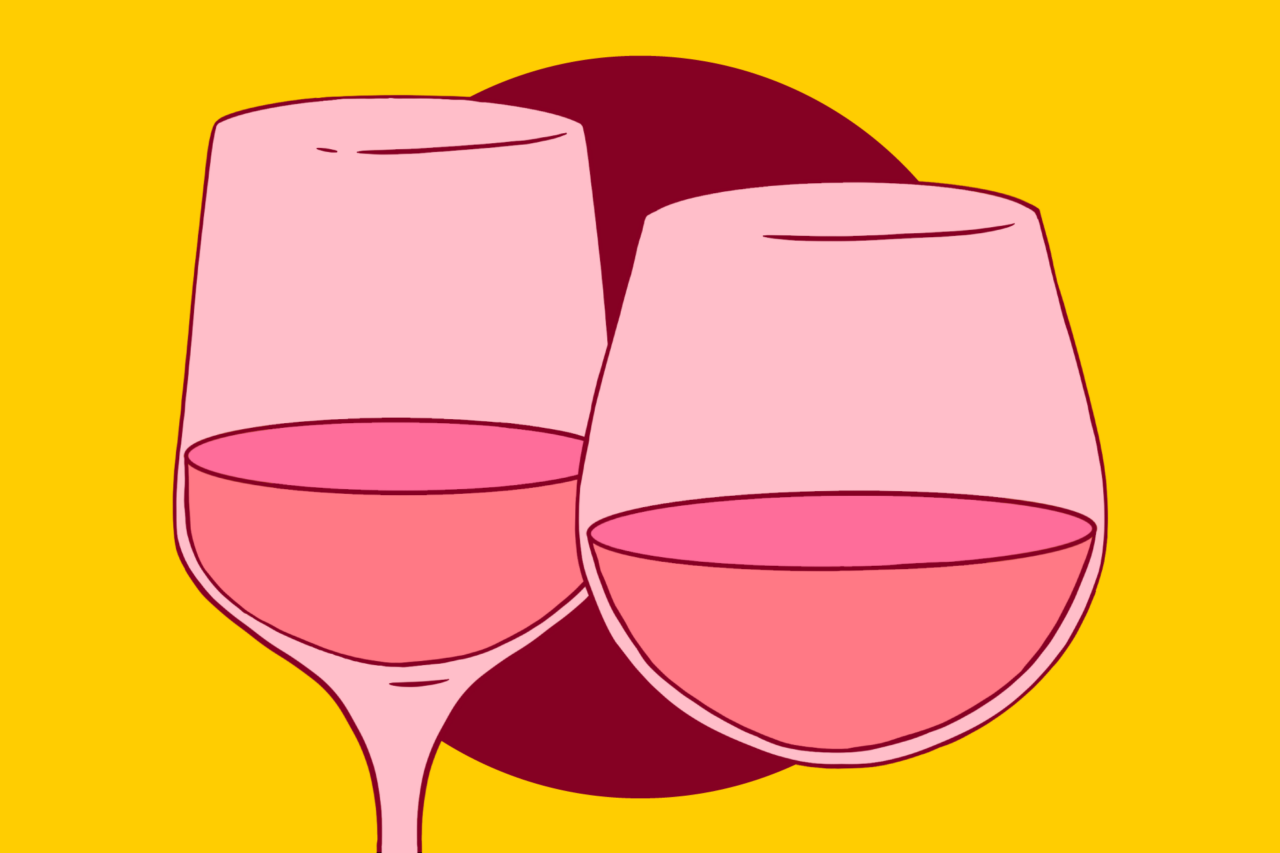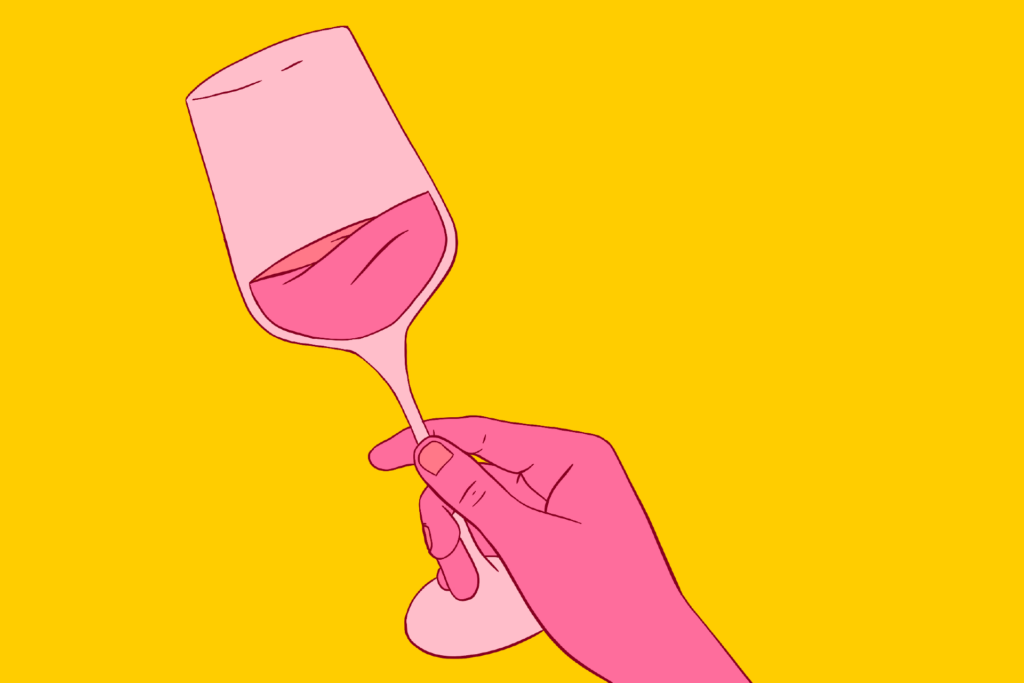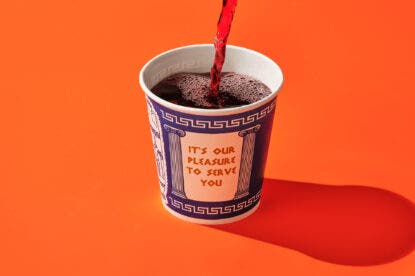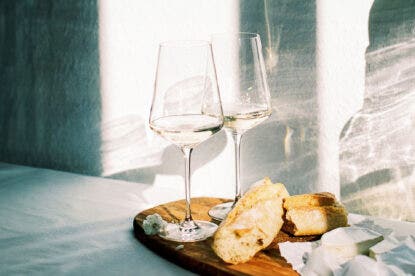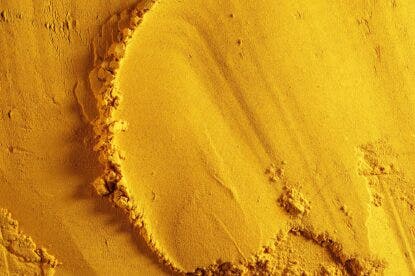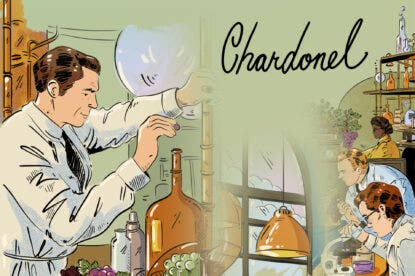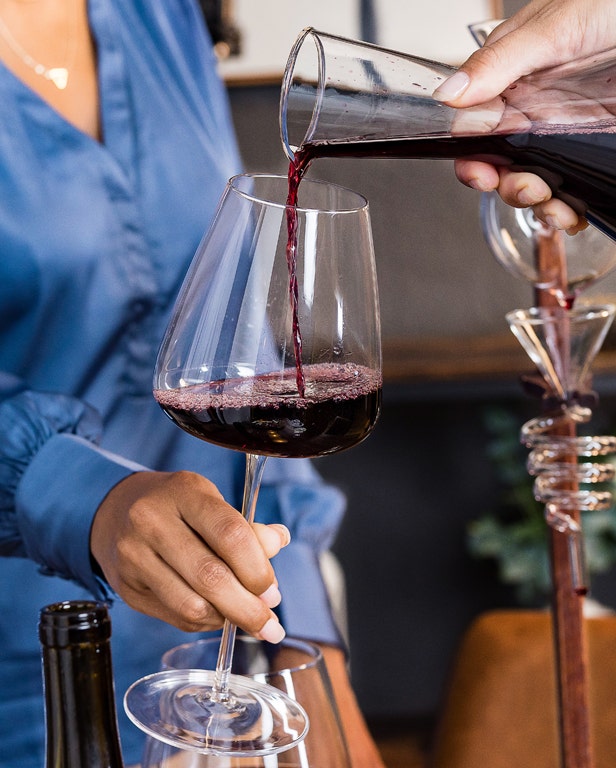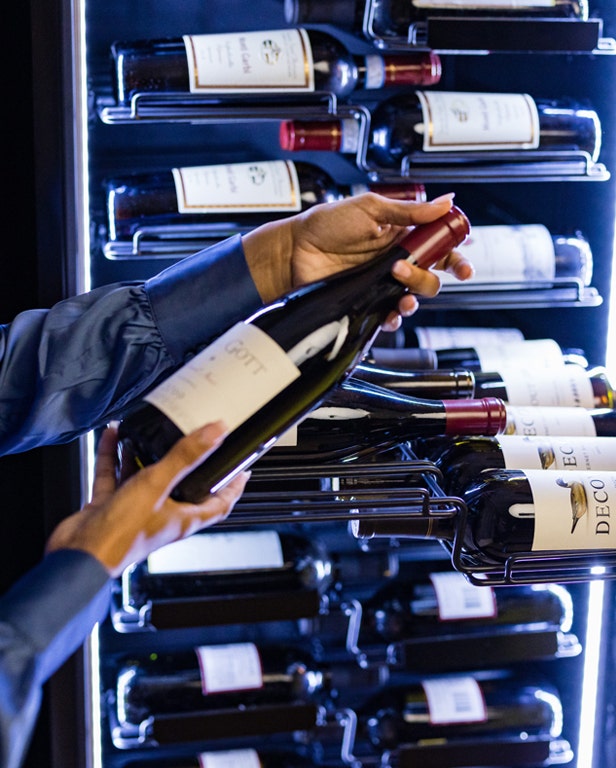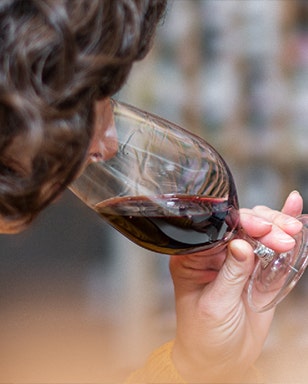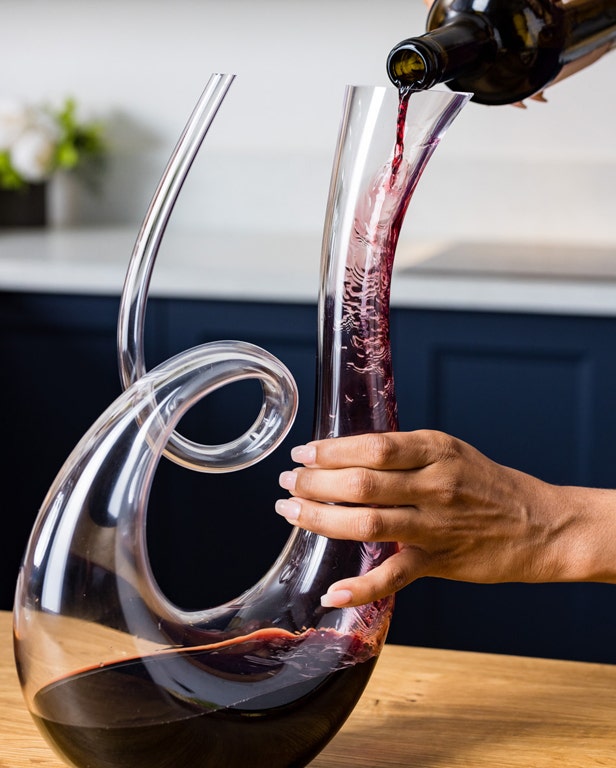When it comes to holding a wine glass properly, conventional wisdom is as follows: Always at the stem, don’t touch the bowl. That’s because stemware has a purpose: It allows for intentional tasting and graceful swirling, and when used correctly, can preserve the wine’s optimal temperature.
In other words, your wine glass matters. “Wine is meant to be enjoyed and the glass is equally important to the experience,” concurs sommelier and Wine Enthusiast Tasting Director Anna-Christina Cabrales.
So then what’s the deal with stemless wine glasses? One could argue that they go against everything we know about tasting etiquette. And yet, they’ve become a trendy staple for wine professionals and casual drinkers alike.
There must be some utility to stemless wine glasses, right? Let’s investigate.
When to Use a Stemless Wine Glass
“For me, stemless wine glasses are fun,” says Cabrales. “They usually have this cool appeal—whether it be that way the glass is cut or that it has some sort of decorative design—that just makes you want to grab and hold them.”
Stemless wine glasses are a solid choice for casual gatherings, she adds—irrespective of the quality of wine that fills your glass.
“I’ve had some really fancy stuff at a tailgate or the park,” Cabrales recounts. “Will I bring a Zalto glass into the park? No. But am I going to enjoy fine wine in the park with a solo cup? No, I’m not going to do that either.” Stemless wine glasses provide a happy medium, she says.
As a final point, stemless wine glasses are easier to care for.
“They tend to break less,” says Cabrales. “A [traditional] wine glass has three parts—the base, the stem and the bowl—so it’s either one piece or three pieces.” Stemless wine glasses, on the other hand, allow for a more durable and compact storage option.
When Not to Use a Stemless Wine Glass
“When there’s a stem around,” says Cabrales candidly. In other words, stemless glasses will always be second fiddle to stemmed glasses. The traditional shape has its own nuances to account for, like why height matters for the stem. But choosing glassware depends on your goal as a wine drinker and, of course, your personal preferences.
Are you looking to smell the secondary aromas of caramel and butterscotch in an aged Chardonnay? Get a stemmed wine glass and make your way through the five S’s of wine tasting without omitting a proper swirl. Additionally, it’s a good idea to choose a traditional wine glass in formal settings. Having a stem keeps the bowl clean—and, well, no one likes smudged glassware.
But do you just want a casual glass of something tasty with a weeknight dinner? A stemmed wine glass will do just fine, if it pleases you.
Of course, exceptions abound. Cabrales says she’s been to wine bars that boast thoughtful bottle selections and choose stemless glassware over traditional stemware.
“They’re sending me a message, saying, ‘This is how we feel you can best experience this wine,’” she recounts. “I always prefer having a stem, but there’s no rule as to what you enjoy wine in.”
Are Glass Stemless Wine Glasses Better Than Plastic?
If anything goes, then what about plastic stemless wine glasses?
When choosing plastic over glass, it’s a matter of practicality. Plastic serveware is often lightweight, portable and durable, nearly eliminating the risk of breakage. However, it’s worth noting that plastic glasses may not be the most environmentally-friendly option on the market.
“It gets the job done, but it’ll never match up to what glass and especially crystal can do,” says Cabrales. Why, exactly? According to Cabrales, the composition of your glass will help bring out certain aromatics. For instance, crystal glassware may contain minerals like lead, magnesium and zinc, which can positively affect the flavor profile of the wine. Shape matters, too—learn more by digging into our extensive wine glass guide.
When it comes to resolving the stemless versus traditional glassware debate, Cabrales leaves us with some words of wisdom.
“Sometimes you’ll have options, sometimes you won’t,” she says. “And sometimes even the stemless glass will trump what’s available out there. Just keep an eye as to what’s open for what will maximize your enjoyment—that’s the glassware you should use.”
Ready to give your wine glass collection a refresher? Our glassware buying guide provides expert insights and tips, helping you choose the best wine glass for you.
Published: December 30, 2022




